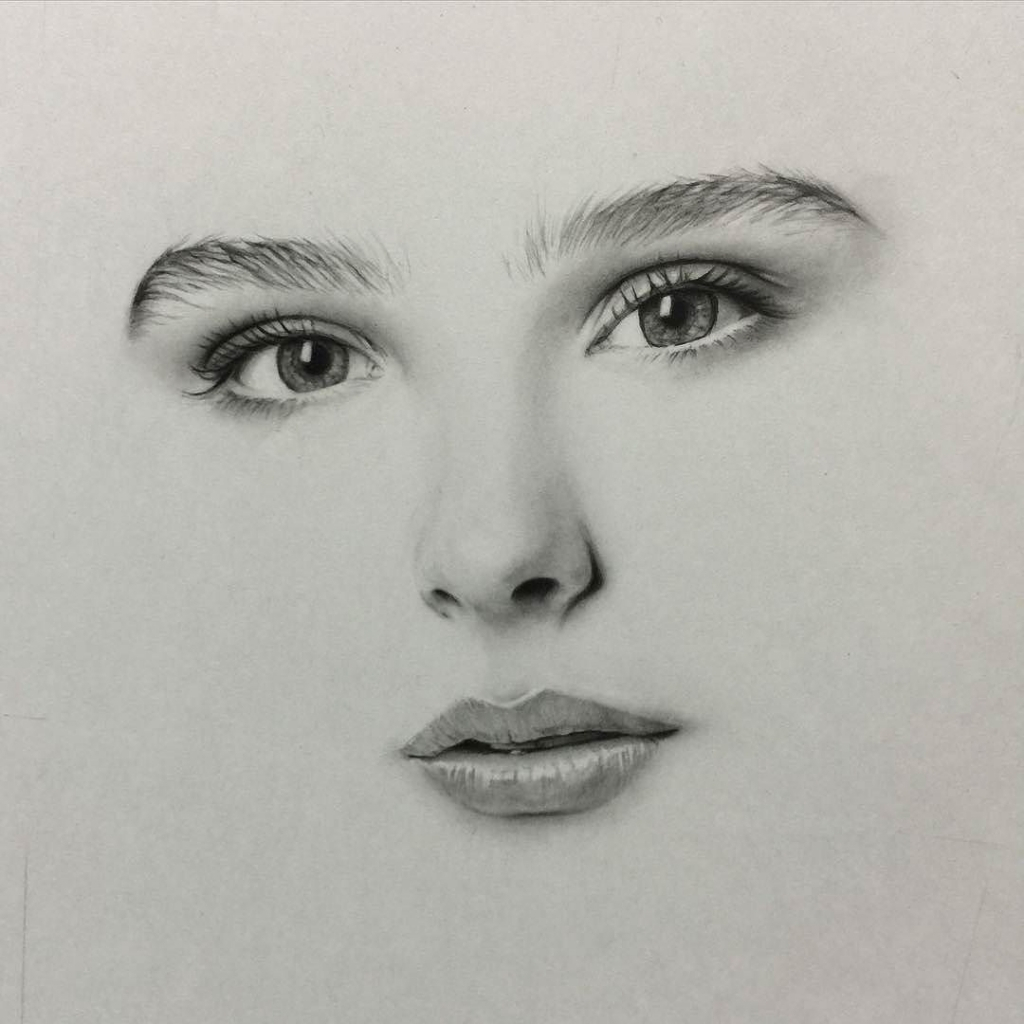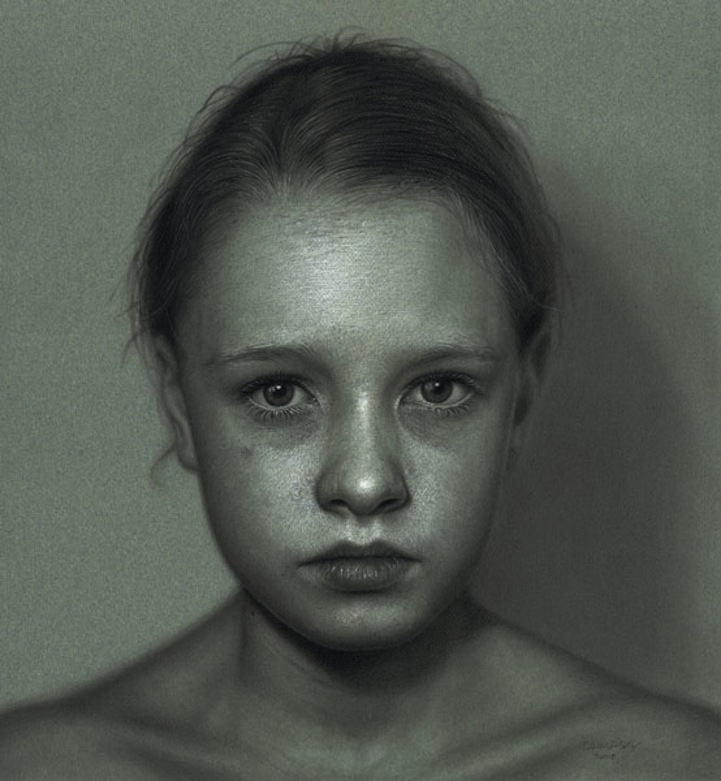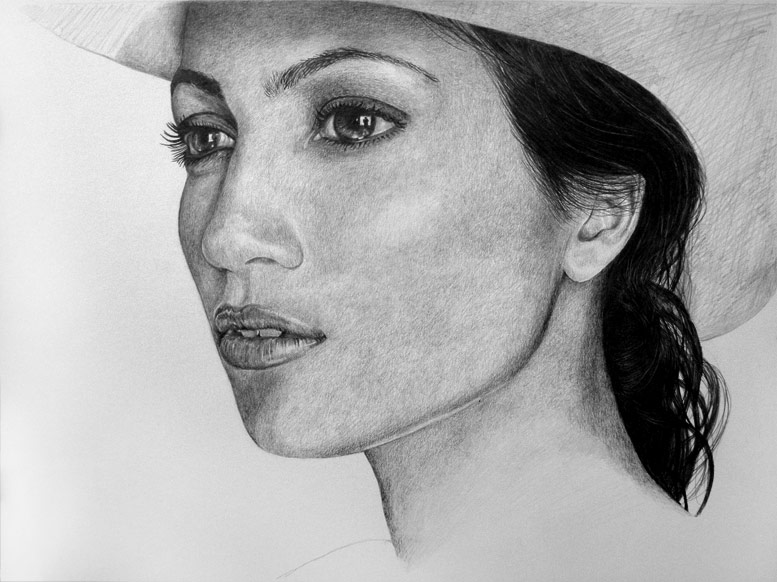Realistic drawings hyper drawing pencil step tutorial draw tutorials photorealistic face portrait create graphite techniques awesome advanced realism tips learn
Table of Contents
Table of Contents
Do you want to learn how to draw a realistic human? Do you ever feel like you just can’t get it right, no matter how hard you try? Drawing a realistic human can be a challenging task, but with some guidance and practice, it is achievable for anyone.
Pain Points
For many aspiring artists, the challenge of drawing a realistic human can leave them feeling frustrated and discouraged. The complexity of the human face and form can be overwhelming, and it’s easy to get lost in the details. Additionally, many beginners struggle with creating depth and dimension in their drawings, which can result in flat, lifeless sketches.
Answer
The key to drawing a realistic human is to break it down into manageable steps. Begin by studying the basic shapes and proportions of the face and body. As you practice, focus on capturing the subtle nuances of light and shadow, as well as the unique characteristics that make each person individual. With time and dedication, you can develop the skills necessary to create stunning, lifelike portraits.
Main Points
In summary, drawing a realistic human can be a challenging but rewarding pursuit. By breaking it down into manageable steps, focusing on both the technical and creative aspects of the process, and practicing regularly, you can develop the skills necessary to create stunning, lifelike portraits that capture the essence of the human form.
Understanding Proportions
When it comes to drawing a realistic human, understanding proportions is key. Start by dividing the face and body into simple shapes, such as circles, ovals, and triangles. Use these shapes to help you map out the overall structure of the person you are drawing, paying close attention to the location and size of features such as the eyes, nose, and mouth. This will serve as the foundation for your drawing, and allow you to add detail and depth as you work.
The Importance of Shading
To truly capture the essence of a realistic human in your drawings, it’s important to understand the role that shading plays. Shading allows you to create the illusion of depth, giving your drawing a three-dimensional quality. When shading, pay close attention to the way that light and shadow fall across the face and body, and use a variety of techniques, such as hatching, cross-hatching, and stippling, to create depth and texture.
Capturing Emotion and Expression
In addition to understanding proportions and shading, capturing the emotion and expression of your subject is key to creating a realistic human drawing. Take the time to study the unique features and characteristics of the person you are drawing, paying close attention to their facial expressions and body language. This will allow you to capture the nuances of their personality and mood, and bring your drawing to life.
Personal Experience
As a beginner artist, I struggled for years to create realistic human drawings that lived up to my expectations. But through dedication and practice, I was able to develop the skills necessary to create stunning, lifelike portraits. For me, the key was breaking down the process into manageable steps, and focusing on both the technical and creative aspects of drawing. By mastering the basics and practicing regularly, I was able to develop my own unique style and create drawings that truly captured the essence of the human form.
Question and Answer
Q: How important is practicing when it comes to drawing a realistic human?
A: Practice is essential when it comes to drawing a realistic human. The more you practice, the more comfortable you will become with the process, and the better you will become at capturing the nuances of the human form.
Q: What are some techniques for creating depth in a human drawing?
A: Techniques such as shading, cross-hatching, and stippling can all help to create depth and texture in a human drawing.
Q: How do you capture the unique characteristics of a person in a drawing?
A: To capture the unique characteristics of a person in a drawing, take the time to study their facial features and body language. Pay attention to their expressions and mood, and try to incorporate these details into your drawing.
Q: How do you know when a drawing is complete?
A: Knowing when a drawing is complete can be a challenge. Some artists prefer to work until every detail is perfect, while others prefer to leave their drawing slightly unfinished for a more organic, sketch-like effect. Ultimately, the decision of when to stop drawing is up to you and your personal style and preferences.
Conclusion of How to Draw a Realistic Human
Drawing a realistic human can be an incredibly rewarding experience, but it requires time, patience, and practice. By breaking down the process into manageable steps, focusing on both the technical and creative aspects of drawing, and practicing regularly, you can develop the skills necessary to create stunning, lifelike portraits that capture the essence of the human form.
Gallery
Pencil Sketches And Drawings: March 2012

Photo Credit by: bing.com / human draw realistic eyes pencil eye drawings sketches outline steps
Drawing Realistic Faces / 39 Best Desenho. Rosto E Corpo - Realistic

Photo Credit by: bing.com / faces paintingvalley mugeek vidalondon
Amazingly Realistic Line Drawings Of Human Faces

Photo Credit by: bing.com / realistic human drawings faces line dzimirsky dirk figure amazingly
12 Awesome Tutorials To Create Hyper Realistic Drawings - Tutorials Press

Photo Credit by: bing.com / realistic drawings hyper drawing pencil step tutorial draw tutorials photorealistic face portrait create graphite techniques awesome advanced realism tips learn
How To Draw A Realistic Face | Drawing Tutorial Part 1: Eyes, Nose

Photo Credit by: bing.com / draw realistic face drawing nose tutorial eyes mouth part beginners easy drawings hildurko dog pencil tutorials sketching really good manga





